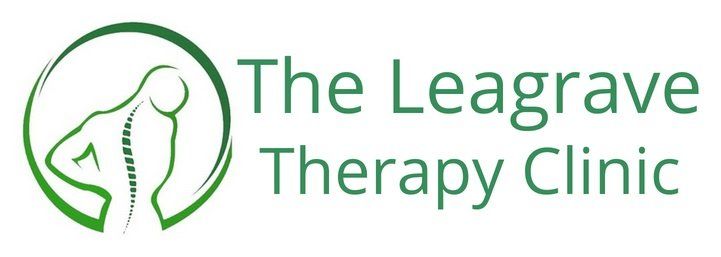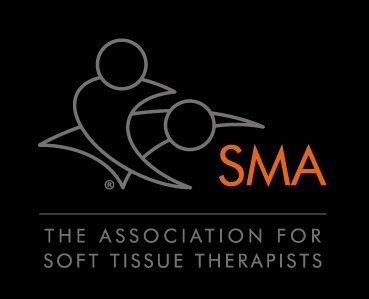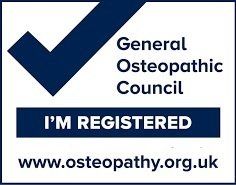The Hidden Cause of Shoulder Pain
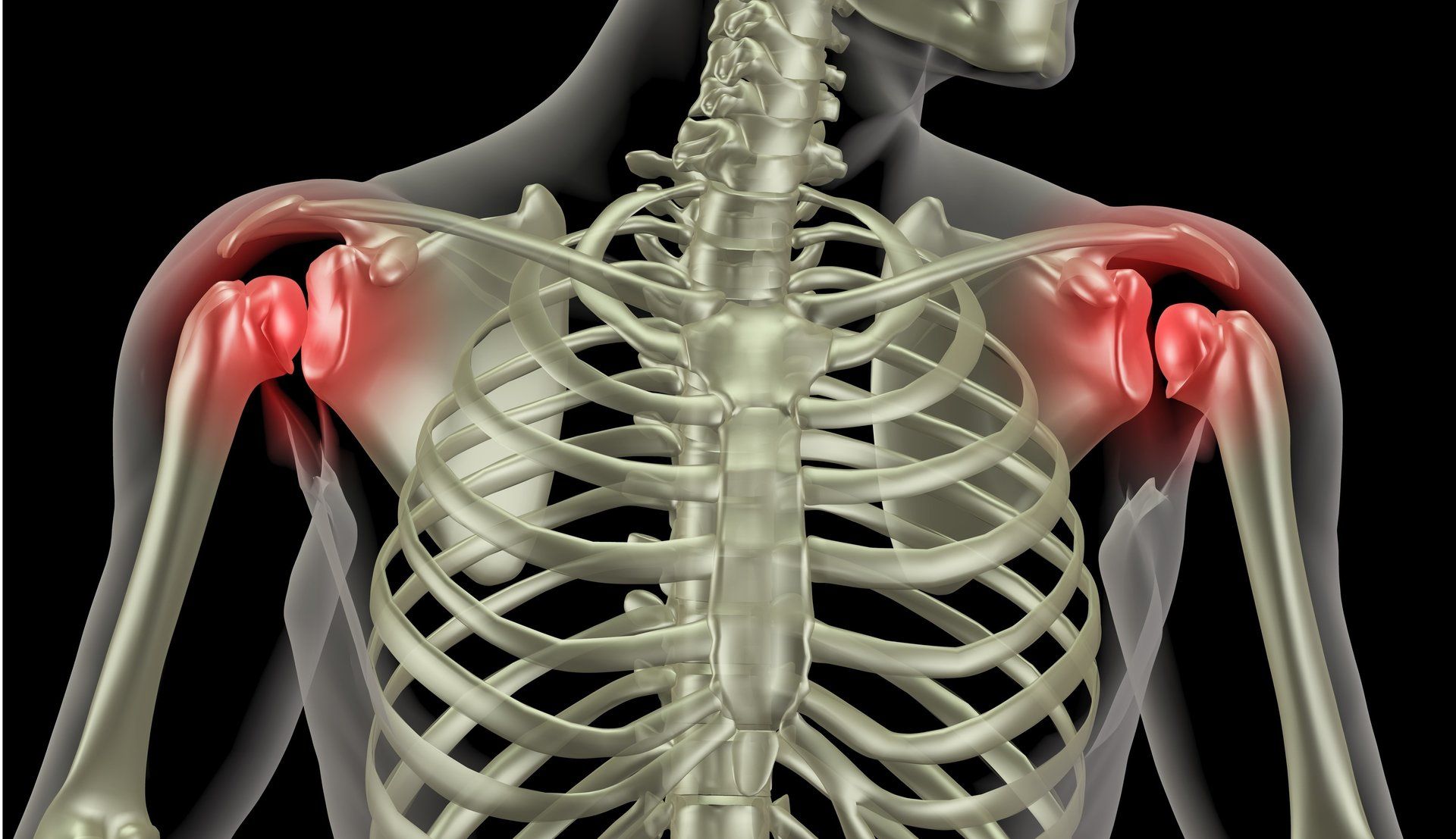
When your shoulders ache or feel stiff, your instinct may be to stretch or massage them. Yet, in most cases, the problem isn’t surface-level muscle tension, it is likely caused by poor shoulder blade (scapular) posture with muscle and joint instability.
Whether you are an office worker sitting for long hours, an athlete performing repetitive overhead movements or an older adult experiencing age-related muscle weakness, the underlying issue is often the same: weak shoulder muscles that fail to stabilise and control your shoulder blades. Strengthening these muscles is essential for healthy shoulders, good posture and a pain-free upper body.
Anatomy: The Muscles Behind Stable Shoulders
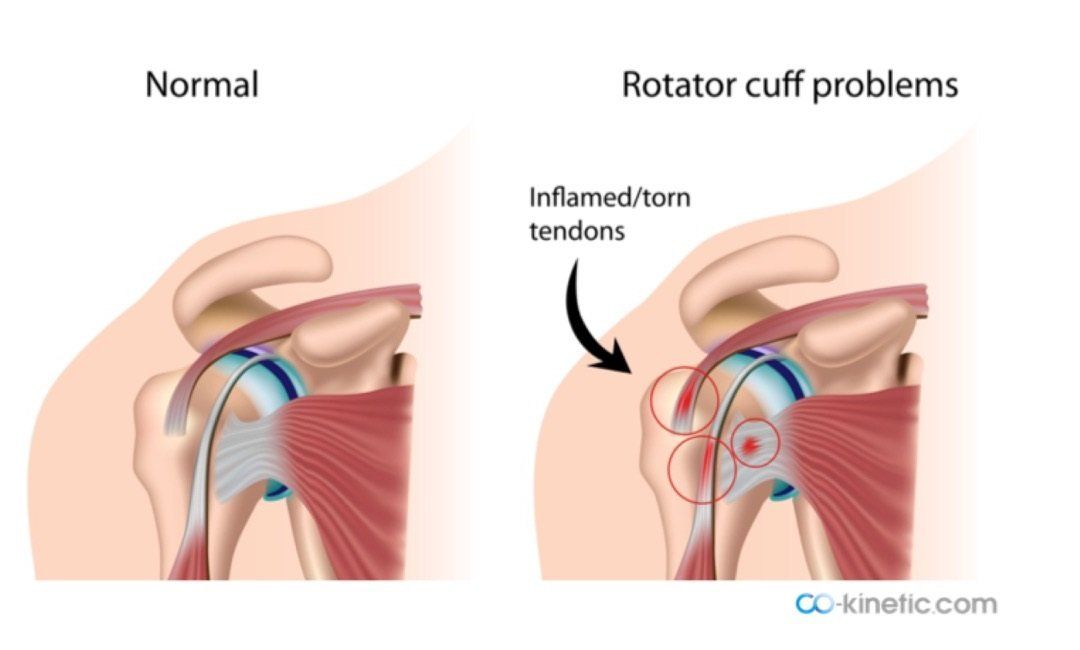
Your scapulae are flat, triangular bones that glide over the back of your rib cage. They are attached only by muscles, allowing them to move freely in six directions: upward, downward, inward (toward the spine), outward (away from the spine) and with forward or backward tilting.
Several key muscles control these movements and provide shoulder joint stability:
- The serratus anterior muscle runs along the sides of the ribs beneath the armpits and help the shoulder blades glide smoothly along the rib cage, enabling the hands and arms to reach forward and overhead.
- Rhomboids and middle trapezius muscles span between the spine and the inner edges of the shoulder blades. These muscles retract and stabilise the scapulae during pulling motions.
- Lower trapezius extends from below the shoulder blades to the mid-back and draws the scapulae down and back, counteracting the rounded shoulder posture that is a common presentation in sedentary individuals.
When these muscles work in harmony, your shoulder blades move fluidly across your back, creating a strong, stable foundation for arm movement.
Weak Muscles Around the Scapulae & Widespread Pain
When scapular stability is lost, the entire shoulder complex becomes misaligned, triggering compensations that increase pain and injury risk.
Common dysfunctions include:
- Scapular winging - The shoulder blades protrude from the back like wings.
- Forward tilting - The shoulders round forward, limiting smooth scapular motion.
Both positions compromise the rotator cuff muscles — forcing them to overwork and increasing the likelihood of strain or impingement. Over time, these faulty mechanics can lead to neck stiffness, upper back pain, and poor posture, as the body adjusts to compensate.
How Breathing Affects Shoulder Function
Breathing mechanics play a surprisingly important role in shoulder stability. During deep inhalation, the rib cage expands and the serratus anterior helps the scapulae glide naturally along the ribs. During full exhalation, the obliques draw the lower ribs inward and downward, keeping the rib cage aligned.
However, shallow, upper-chest breathing elevates the shoulders with each breath, creating chronic tension in the neck and upper traps. This not only reinforces poor posture but also disrupts scapular control.
Practicing diaphragmatic breathing while performing scapular strengthening exercises enhances rib cage alignment, reduces compensations and restores proper shoulder mechanics.
Building Scapular Strength and Control
You don’t need heavy weights or complex equipment to improve shoulder blade stability. Focus on controlled movements, proper breathing and awareness of scapular motion. Consistency and not intensity is the key to stronger, more resilient shoulders.
Shoulder & Mid Back Mobility Circuit To Help:
